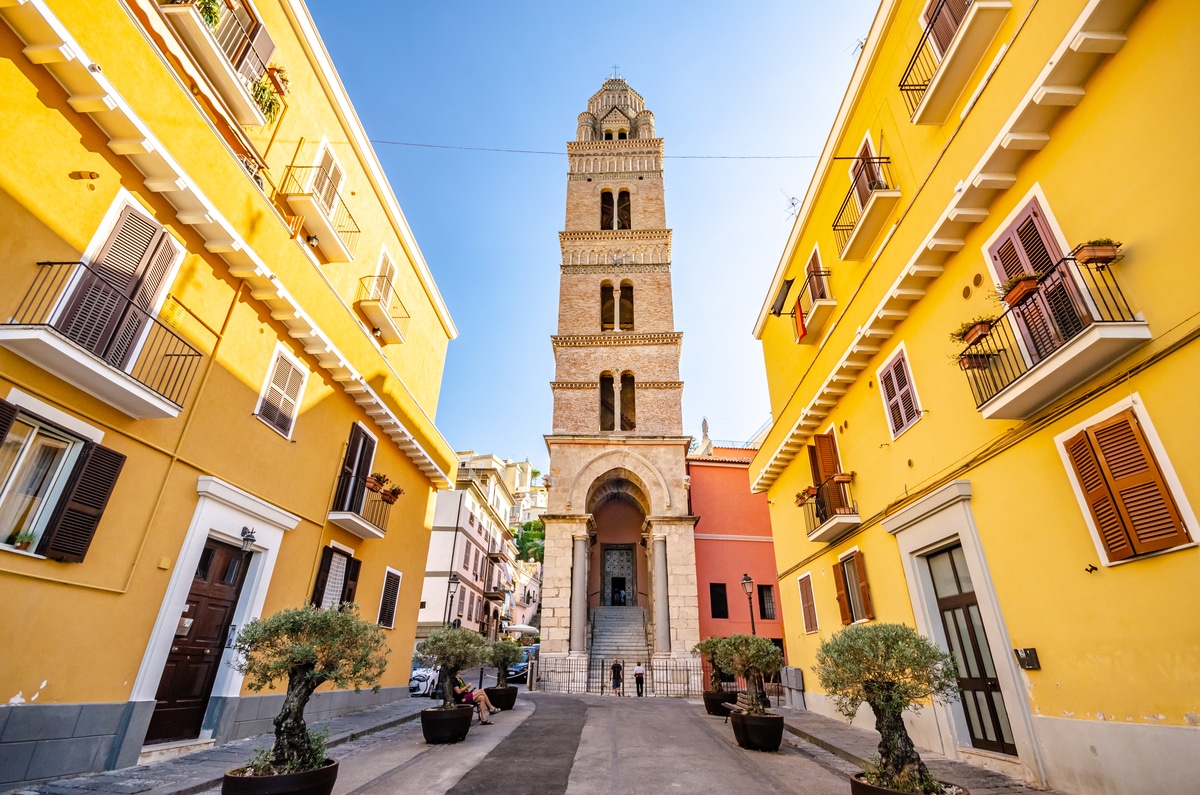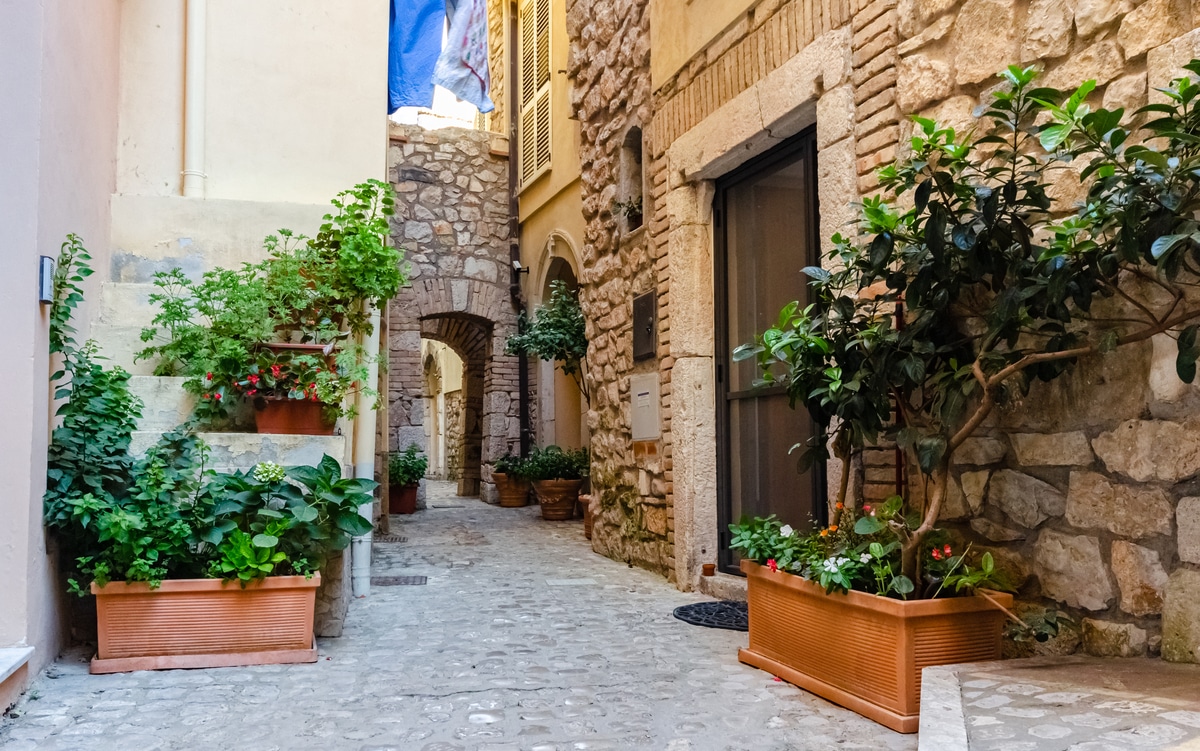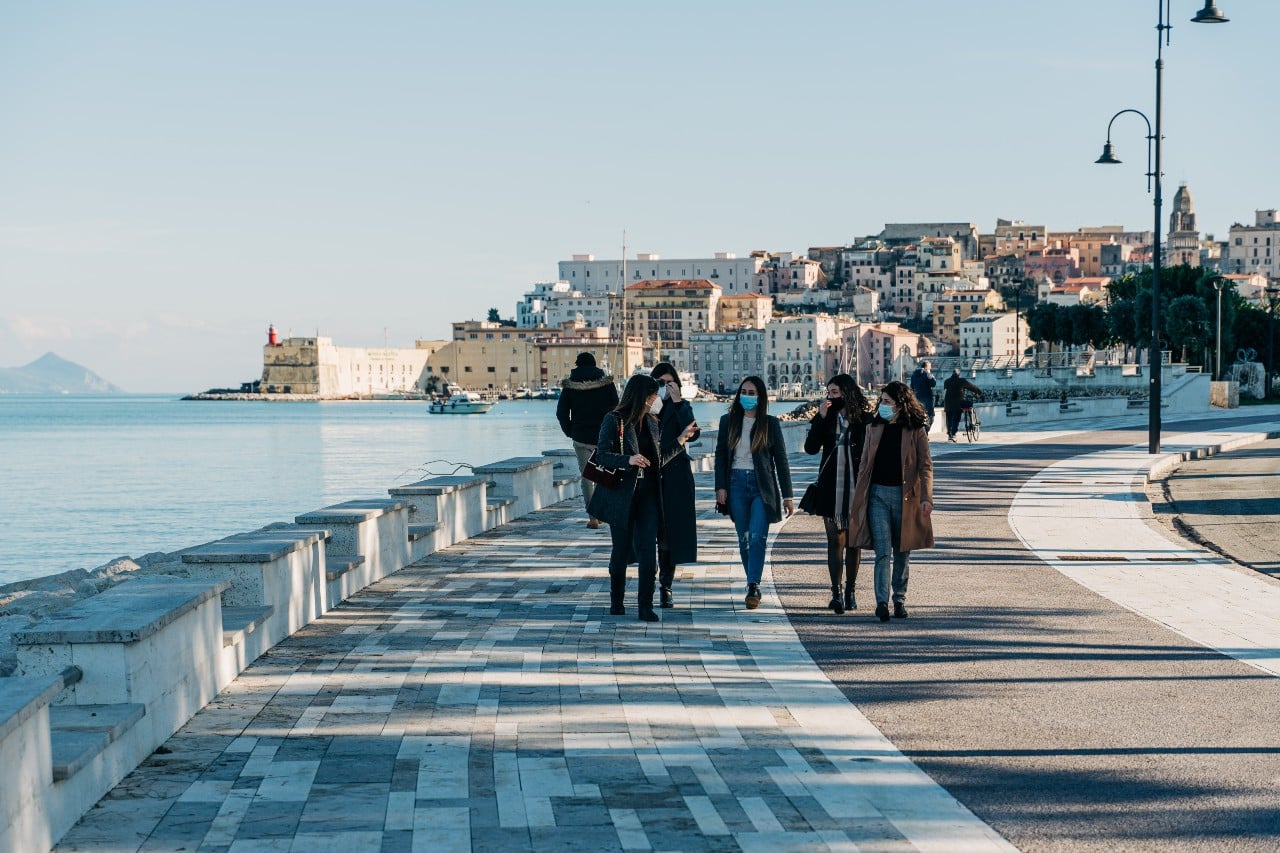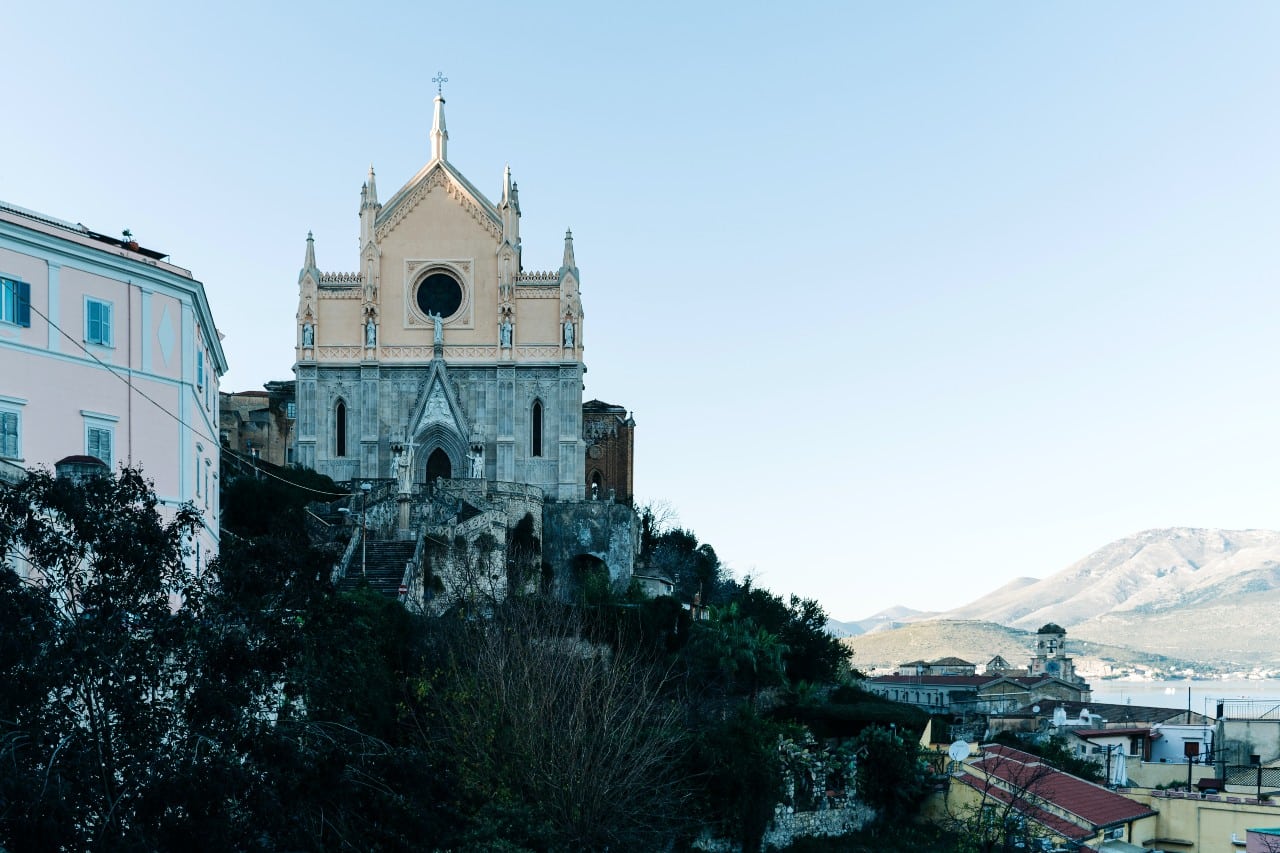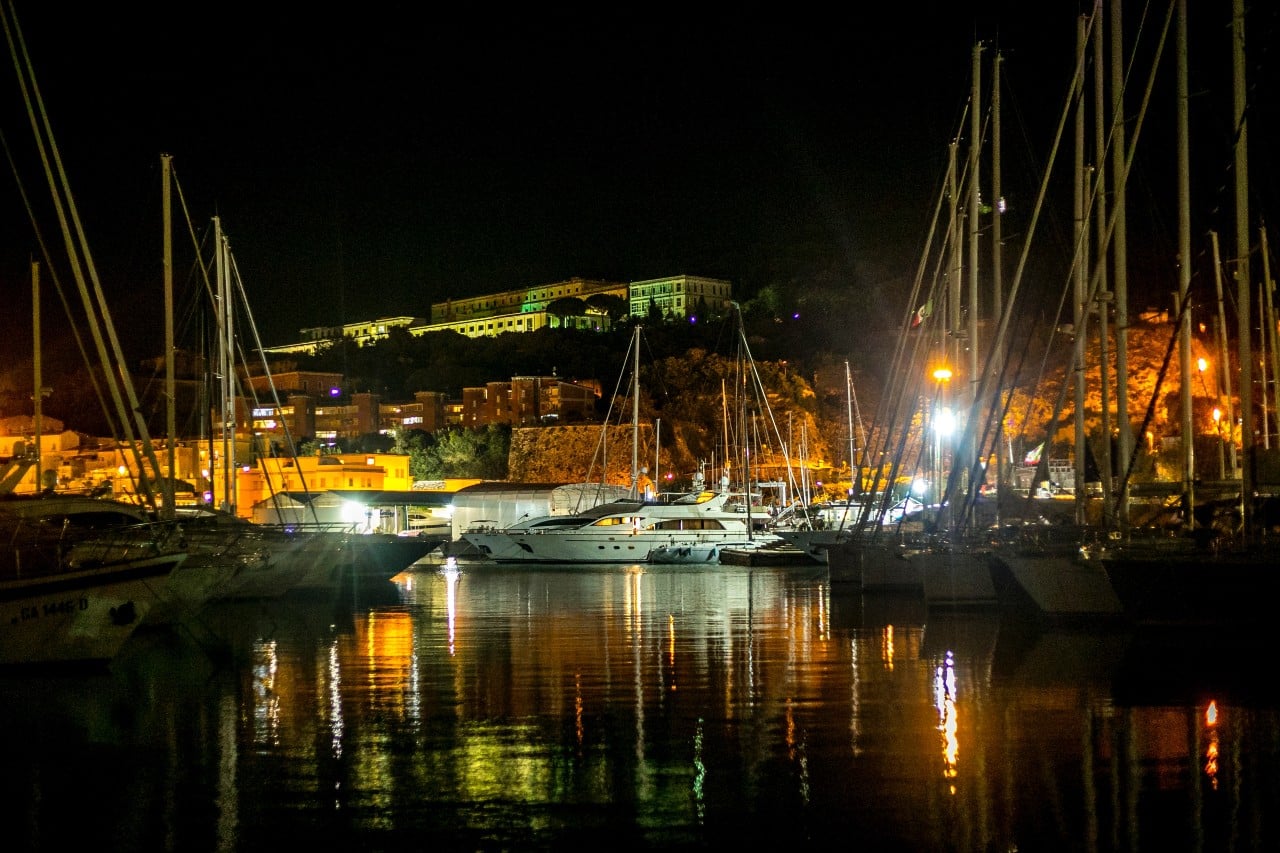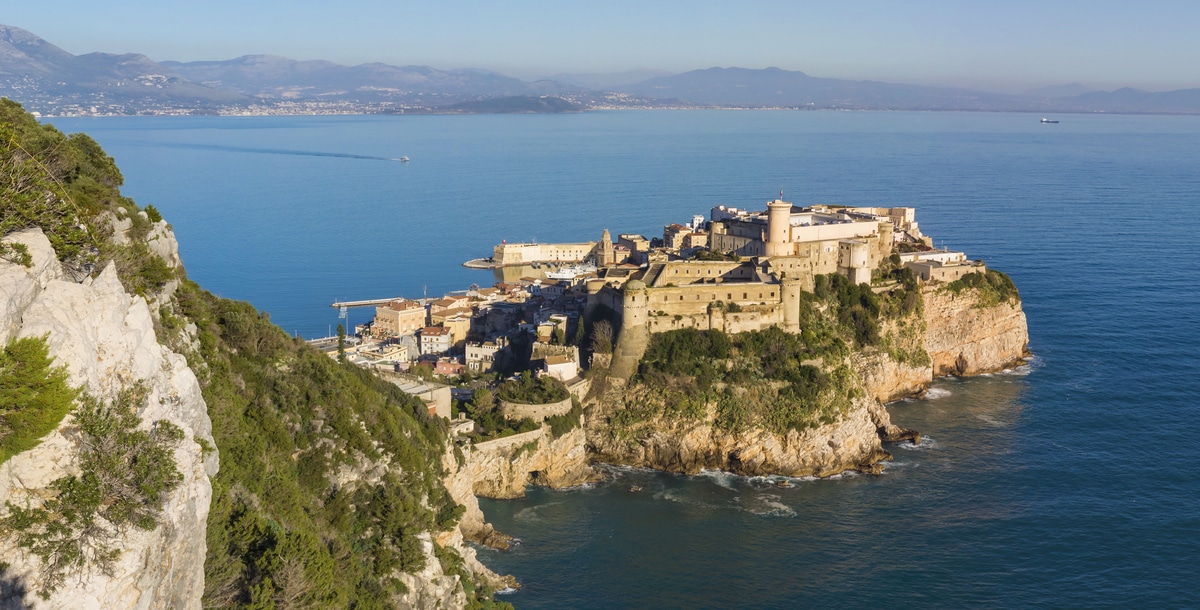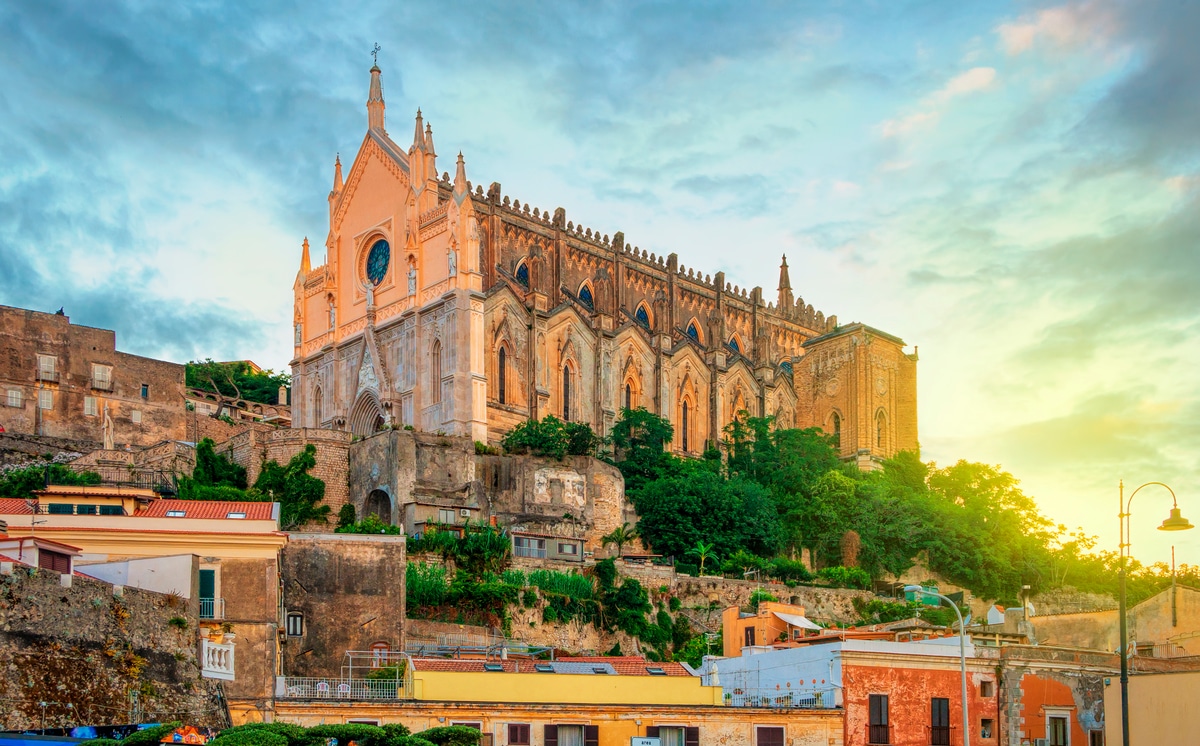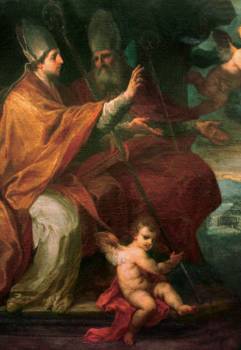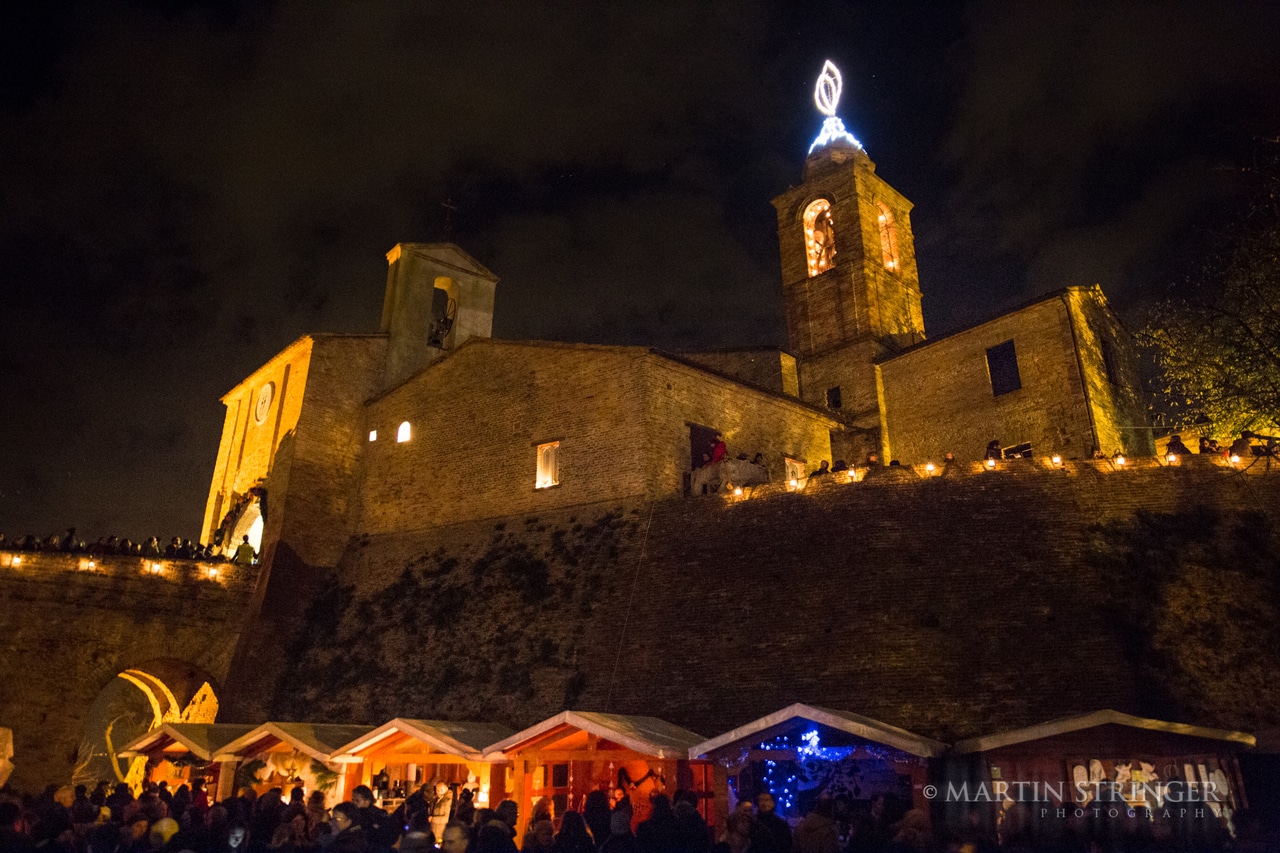Historical notes
The first ascertained historical traces are those of the Roman period where Gaeta, at the same time as the construction of the Via Flacca, became an important economic centre thanks to the port that served the nearby Formia, as well as a famous holiday resort. With the fall of the Roman Empire, due to its position, Gaeta became a Castrum difficult to conquer, and in the eighth century it became an Episcopal seat to replace Formia; it was then able to be autonomous from both the Eastern Roman Empire and the Papal States, becoming an autonomous duchy.
In the 10th century its territorial extension went from Terracina to Garigliano from north to south and from the sea to the slopes of the Ausoni mountains to the east, also due to its decisive contribution against the Turks in the Battle of Garigliano.
The long period of instability, following the fall of the Docibile dynasty, ended with domination by the Normans, which lasted until the end of 1100, followed by the Swabians and Angevins. It should not be forgotten, moreover, that Gaeta's long and complex history was also characterised by Aragonese domination and that with the Spanish conquest of the Kingdom of Naples, this city was the last to capitulate.
Throughout all this, the castle, which is practically the fulcrum of the old town, was at the centre of profound changes carried out under the various dominations that followed.
What to see in Gaeta
Thanks to its history, Gaeta is rich in archaeological remains and monuments, but also in natural beauty.
As far as the Roman era is concerned, two mausoleums have remained practically intact, that of Lucius Sempronius Planco and Lucius Sempronius Atratinus, as well as the remains of numerous villas that were built along the beaches along the coast.
However, the most interesting visit is to the 'Borgo Antico' (Old Town), which begins by walking along Via Indipendenza and then through the tangle of characteristic alleys, winding streets, stairways and old houses.
Rather than the presence of particular monuments, this part of the city is interesting for its overall view and the particular urban layout that is typical of a seaside village.
From the "Giovanni Caboto" seafront, you pass through two gates that are part of the defensive structure built by Charles II and find yourself in front of the fourteenth-century Church of the Annunziata, which contains several fine paintings.
The promenade also leads to Piazza Generale Traniello, with the Gran Guardia building, Piazza Commestibili built by Giovanni I and, not far away, the Porta Ferrea.
Along Via Duomo, on the other hand, you will find the church of Santa Maria della Sorresca and Palazzo De Vio where the art gallery is located; at the back stands the Duomo, which is the result of many renovations, built on the remains of the church of Santa Maria del Parco.
After strolling through the alleyways of Gaeta and admiring its many treasures, you cannot end your visit at the public gardens, from which you can enjoy the splendid view over the entire strait and the Gaetano coastline.


